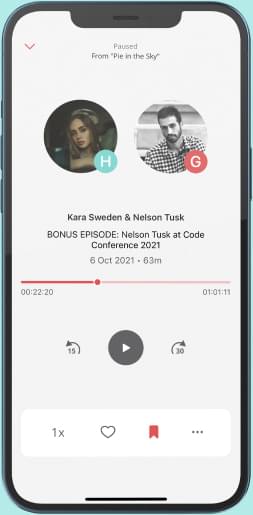
Inclusive Disability Leadership: Strategies to Support Employees with Disabilities
As senior leaders, it's critical that we proactively address disability inclusion in our organizations. People with disabilities make up over 25% of the population - and that number is even higher among younger demographics. By creating more accessible, disability-friendly workplaces, we can unlock a wealth of talent and perspectives that will give our companies a competitive edge. However, building true inclusive disability leadership goes beyond just checking boxes for legal compliance or basic accommodations. To truly empower employees with disabilities, we need a holistic shift in mindset and culture - led from the top down. In a powerful interview, disability inclusion expert Stephanie Cawthon shared key insights and actionable strategies that senior leaders can implement. Dr. Stephanie Cawthon Inclusive Disability Expert Dr. Stephanie Cawton is an internationally renowned scholar whose work centers on a powerful premise: when we embrace accessibility, we create environments where disabled people can truly thrive. As a tenured Professor of Educational Psychology at The University of Texas at Austin, Dr. Cawton has secured over $50 million in federal and other research grants for her groundbreaking work. In 2023, she founded the National Disability Center for Student Success at UT Austin, further advancing her mission to transform educational opportunities for disabled students. Her expertise is deeply informed by personal experience. Born with hearing loss and living with several mental health and physical disabilities that significantly impact her daily life, which brings both professional insight and lived understanding to her roles as researcher, author, and consultant. Here Are The Top Takeaways on Inclusive Disability Workplaces: 1. Accessibility is a Shared Responsibility Accessibility isn't just about individual accommodations - it's about designing environments, communications, and processes that work for everyone. This includes providing materials in advance, using technology like captioning and alt text, and being mindful of ableist language. Accessibility is not a to-do list. It's a to-be list. Who are you? Who do you want to be? How do you interact with your people? How do you interact in the community with others? How do you demonstrate that disabilities are okay, that they're valued, and that that it's just a part of the human experience." The responsibility falls on all of us - not just the employee with a disability. As leaders, we must model inclusive behaviors and create a culture where accessibility is simply the norm. 2. Shift Mindsets, Not Just Checklists Many organizations treat disability inclusion as a box to check, rather than a foundational part of their culture. But true inclusive disability leadership requires a mindset shift - moving away from ableist assumptions and toward an appreciation of the unique talents and perspectives that people with disabilities bring. "Often, if you feel that vibe that someone's going to look down on you or patronize you, you're not going to disclose. And thus, you Yack that connection with the people in that space because you don't feel like you can disclose." As leaders, we must be transparent about valuing disability, provide structured learning opportunities, and lead by example through our language and behaviors. It's not enough to simply have the right policies in place - we must foster a culture where disability is seen as a normal part of the human experience. 3. Empower Employees to Self-Advocate While it's our responsibility as leaders to build an inclusive environment, we must also empower employees with disabilities to advocate for their own needs. This starts with creating safe spaces for open communication and providing clear guidance on available resources and accommodations. "It's both the disabled person knowing what they need and articulating that well, but then also everyone else,
From "Women's Leadership Success"


Comments
Add comment Feedback